What is happening to my Cosmos, Zinnias and Marigold?
123 456 Tx z9a
7 years ago
Featured Answer
Sort by:Oldest
Comments (15)
zen_man
7 years agoRelated Discussions
How and where do you use zinnia and cosmos in your garden?
Comments (2)I direct sow zinnias beginning the first of May. There are swathes of space in my beds reserved for zinnias. I sow a group of 6 or 7 seeds every 12 inches or so in these areas. Use the watering can each morning. Thin to one plant every 12 inches. Nothing could be easier. Not planting zinnias too close to lawns (where morning dew can sometimes cause mildew) and making sure the plantings have a modicum of good air circulation are key. Also, never overhead water zinnias past the seedling stage. I favor the giant zinnias. Why waste time with those small varieties? A good companion for zinnias is mexican marigold, a bush type marigold with small yellow flowers & potato-leaf foliage that goes about 3 feet tall. Looks very nice interweaved with zinnias that don't have yellow flowers. Cosmos are pretty much just as easy, but while I have seeds, I really have other priorities at the moment. I may sow some soon though. Once it heats up is when you sow both cosmos & zinnias....See Morewanted: wanted: flower seeds zinnia, cosmos, and a few more
Comments (6)I have TONS of mixed zinnias, mixed marigolds, and will be gathering mixed cosmos (bipinnatus---the pink shades) soon---and there will be some 'Candy Stripe' in that mix. Separately, I'll also have yellow/orange cosmos (cosmos sulphureus.) I have Hollyhocks in various colors, and Malva zebrina. I'll send you any or all of these for postage, since you're a newbie. One word of caution---hellebores are rather tricky to germinate. Since you say this is only your second year of gardening, I'd give them a pass for now. Try to trade for baby plants instead....See MoreHAVE: blazing star, zinnias, petunias,cosmos and more
Comments (5)Interested in some of those Candy Cane Zinnias and Blazing Star Liatris. I have the following seeds: Purple Columbine Pink Columbine 'Foxy' Foxglove (pink) 2-3' Tall Marigold White Dinner Plate Hibiscus (could be red, can't remember) Fuchsia 4 O'Clocks Purple Morning Glories 'Blue Boy' Bachelor Buttons LMK if interested. Email me at almaleticiagzz@aol.com. I know I have more but have to go through my "inventory" :)...See MoreWhat's happening to my cosmos leaves
Comments (13)Powdery mildew it is? Ugh. I've never had it before in 29 years. Of course we've never had a growing season like we've had this year either. Oh, yes, we had more rain in June and July than anyone can imagine and cool temps too. Finally get sun and then get hit with daily heavy thunderstorms, sometimes several times in a day. finally get some sun and warmth? Nope not warmth, brutal heat and humidity that borders on Florida with the humidity levels and no air moving either. Hit the leaves of all the plants around 4:30 yesterday afternoon with a nice shower spray from the hose. Hopefully that will prevent any further damage, and just hope that it doesn't do in all my cosmos. Thanks for the info, diagosis and a sort of treatment plan. Fran...See More123 456 Tx z9a
7 years ago123 456 Tx z9a
7 years agozen_man
7 years ago123 456 Tx z9a
7 years ago123 456 Tx z9a
7 years agozen_man
7 years agolast modified: 7 years ago123 456 Tx z9a
7 years agozen_man
7 years agolast modified: 7 years ago123 456 Tx z9a
7 years agozen_man
7 years ago123 456 Tx z9a
7 years agozen_man
7 years ago
Related Stories

GARDENING FOR BUTTERFLIESGardening for the Bees, and Why It’s a Good Thing
When you discover how hard bees work for our food supply, you may never garden without them in mind again
Full Story
SUMMER GARDENINGPhoto Gallery: Summer Gardens Take a Bow
Home gardeners amazed us with photos of their flower beds, sheds and outdoor rooms. Take a look and get ideas for fall planting time
Full Story
SPRING GARDENINGEnjoy the Peak of Spring Gardening — Here’s What to Do in May
Bid the frost farewell and treasure the blooms. No matter what U.S. region you’re in, one of these guides will help your garden flourish
Full Story
EDIBLE GARDENSGarden BFFs? Why Your Vegetables Are Begging for Companion Plants
Foster friendships among plants for protection from pests, pollination support and color camaraderie
Full Story
GARDENING GUIDES20 Favorite Flowers for Butterflies and Bouquets
Discover perennials and annuals that do double duty as butterfly magnets and versatile cut flowers
Full Story
CONTAINER GARDENS7 Deer-Resistant Flowers for Your Summer Containers
Grow these as protection for edibles or just for their colorful beauty — deer might not like them, but everyone else will
Full Story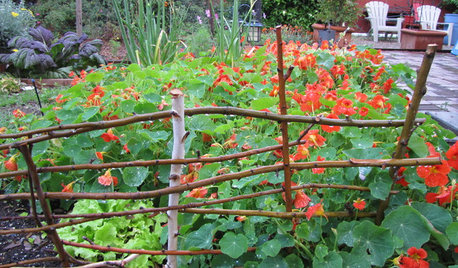
GARDENING GUIDES6 Gift-Giving Gardens for Delights Beyond the Visual
Grow your own natural dyes, snip herbs for home brews and more ... these creative gardens have benefits beyond beauty alone
Full Story
GARDENING GUIDES10 Tips for Beginning Gardeners
With a simple sketch, basic tools and the right plants, you’ll be on your way to growing your first flowers or edibles
Full Story
SAVING WATERHouzz Call: Are You Letting Go of Your Lawn?
Many facing a drought are swapping turf for less thirsty plantings. If you’re one of them, we’d like to hear about it
Full Story
SAVING WATERXeriscape Gardens: How to Get a Beautiful Landscape With Less Water
Conserve water and make gardening much easier with the xeriscape approach’s 7 principles
Full Story


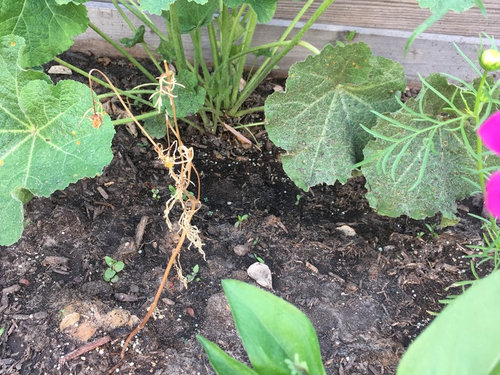
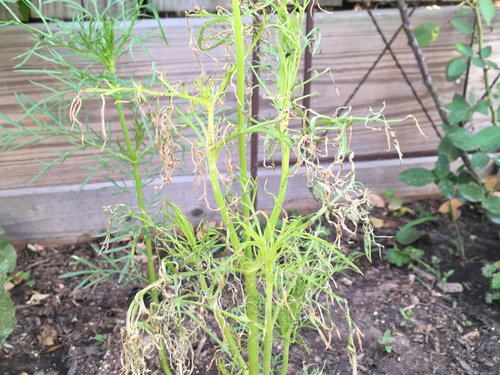
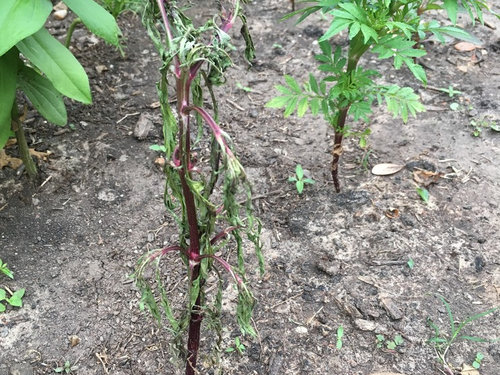

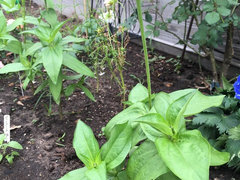
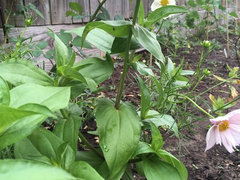
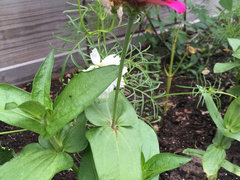
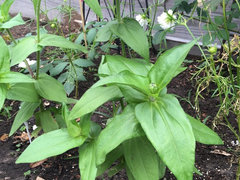
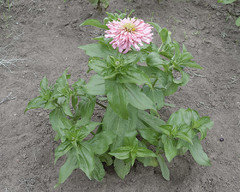
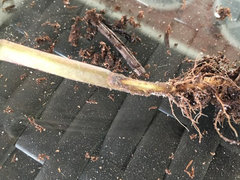



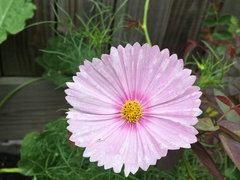
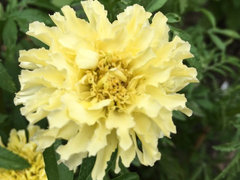



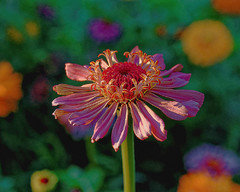



ken_adrian Adrian MI cold Z5